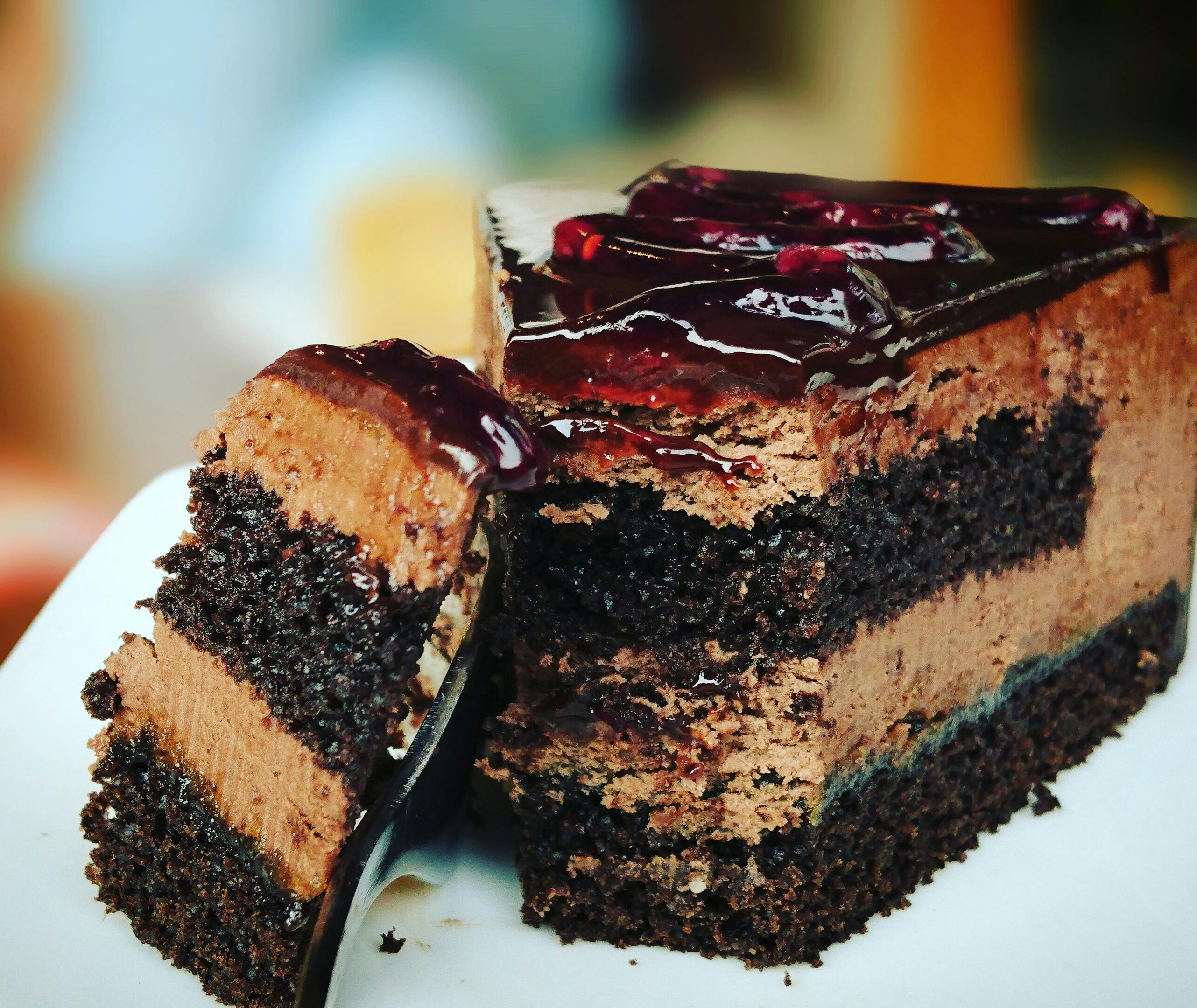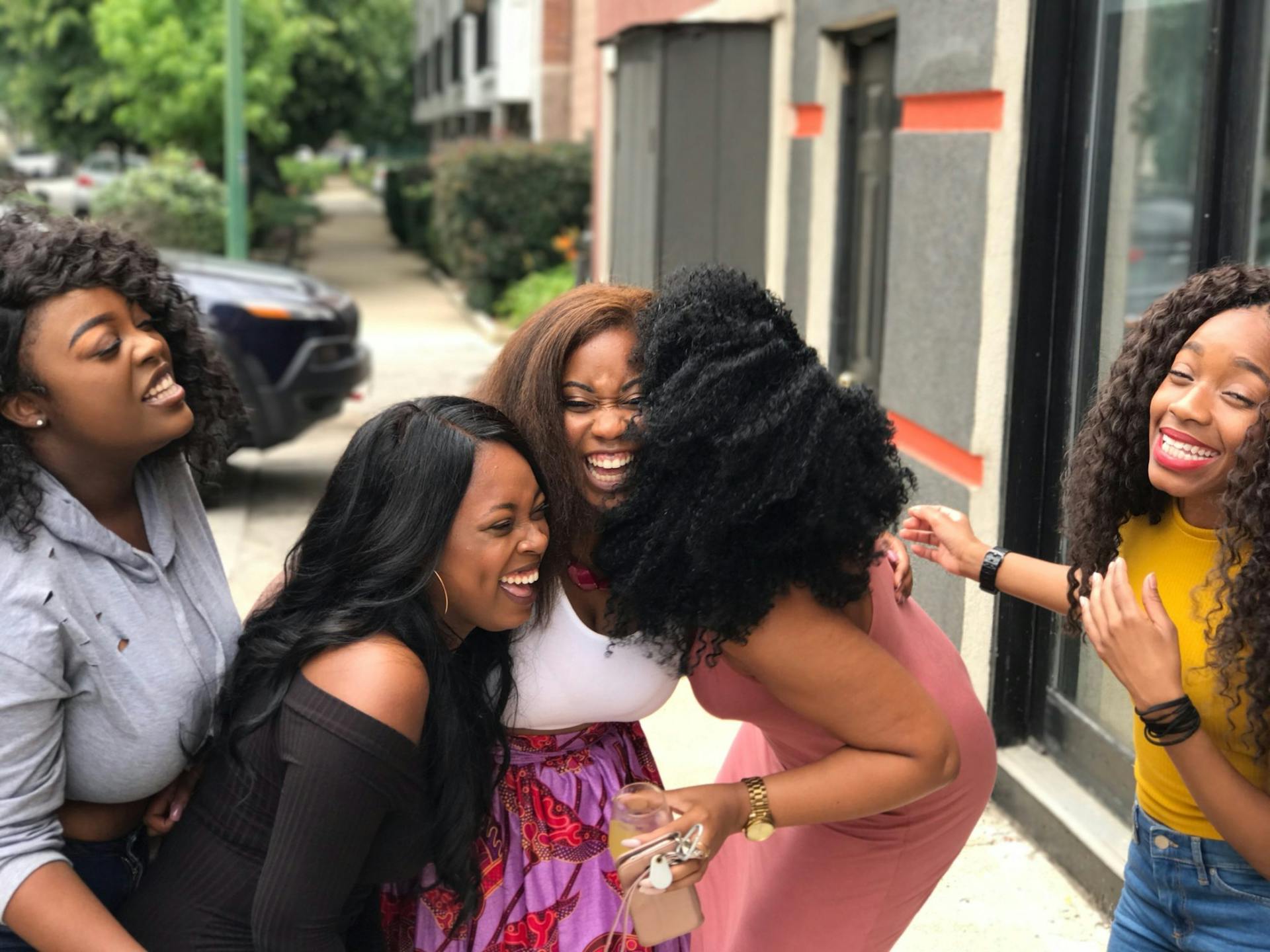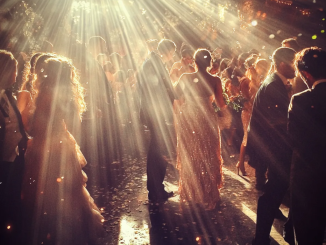Witches’ stairs are a strange but interesting design feature that became popular on TikTok a couple of years ago. Even though they have an unusual history, their name doesn’t really have to do with superstition. Instead, these stairs are a clever design choice. When made and installed correctly, they can be both useful and nice to look at!
Witches’ Stairs aren’t what they Appear.

While the stories about witches’ stairs might sound more interesting, they actually have a very practical purpose. They are really useful in homes with little space, like attics, lofts, and tiny houses. Witches’ stairs are designed to save space while still allowing you to go from one floor to another. Architects often call them “alternate tread stairs.”
How Witches’ Stairs Function

Photo Credit: itsthatrealestatechick | TikTok
Witches’ stairs are designed to save space in two ways. First, each step is only half as wide as regular steps, and the steps are staggered. This makes the staircase narrower than a traditional one. These smaller stairs can also be used for extra storage, like for books or displaying items. According to Scott Schuttner, who wrote “Basic Stairbuilding,” the distance between the steps on one side of an alternating-tread stair is twice the height of the rise, which gives you more space on the steps and makes them safer.
Besides being practical, witches’ stairs meet building codes and safety standards in the U.S. A standard staircase is usually 3 feet wide, while a residential witches’ staircase is typically between 27 and 30 inches wide.
Real Origins

Photo Credit: itsthatrealestatechick | TikTok
In 1985, a businessman named J.M. Lapeyre created a metal version of witches’ stairs. He thought these stairs could be a safe alternative to ladders in commercial and warehouse settings, especially in tight spaces where ladders might not be safe. This design is also used on commercial ships and oil rigs, and it can be called ship stairs or ship ladders, in addition to witches’ stairs and alternate tread stairs.
Misconception

Photo Credit: itsthatrealestatechick | TikTok
When videos of witches’ stairs first appeared on TikTok in 2021, they were linked to an urban legend. According to this legend, these staircases were built in 17th-century Massachusetts to keep witches away during the Salem witch trials because “witches can’t climb up them.” This idea has been proven false, but another rumor suggests that Thomas Jefferson came up with the design. Because of this, witches’ stairs are sometimes called Jeffersonian or Jefferson stairs. However, an original version of the design was also mentioned in a book called “Monckton’s One Plane Method Of Hand Railing and Stair Building,” published in 1888.
Debunking the Myth

Photo Credit: conspiracy___time | TikTok
The exact origins of witches’ stairs are a bit unclear, but one thing is clear: there’s no historical evidence that they were designed to keep witches away. Historian Robin Briggs has studied many historical sources and found no mention of stairs that could disable witches. Interestingly, some people with these unique staircases also buried “witch bottles” or included dead cats in their homes for protection against witchcraft, but Briggs calls this idea “pure disinformation.” He notes that the closest belief was that putting a broom over the door would trap a witch inside.
While it’s fun to think about myths and legends, it’s also interesting to know the real history of witches’ stairs. Regardless, they offer a unique and decorative alternative to regular staircases, adding a fun and quirky touch to home design.
12 Jokes That Prove Parenting Is the Funniest Full-Time Job

Parenting isn’t just a full-time job, it’s also often a comedy special you didn’t sign up for. From grocery store tantrums to kids with snappy comebacks, these hilarious moments prove kids and their parents are the ultimate jokesters!
The Case of the Missing Ladle
John, a well-to-do bachelor, invited his mother over for dinner one night. During the meal, the mum couldn’t help but notice how attractive her son’s housekeeper was and wondered if there was more going on than meets the eye.

A housekeeper | Source: Pexels
John sensing what his mother was thinking said to her: “I know what you’re thinking, mum, but I assure you my relationship with the housekeeper is purely professional.”
A week later, the housekeeper told John that ever since his mother’s visit a silver gravy ladle has been missing. John sent his mother a note that said: “Mom, I’m not saying you did take the gravy ladle, and I’m not saying you didn’t, but the fact remains one has been missing since you were here.”

A gravy ladle | Source: Midjourney
A few days later he receives a note from his mother. “I’m not saying you’re involved with your housekeeper, and I’m not saying you’re not. But if she were sleeping in her own bed, she would’ve found the ladle by now.”
Mom’s Final Resting Place
A 97-year-old woman sits down with her attorney to discuss her last wishes.

An attorney in his office | Source: Pexels
“I have two requests before I die,” she begins. “First, I want to be cremated.”
The attorney nods respectfully. “Of course, I can arrange that.”
The woman continues, “And second, I’d like my ashes to be scattered over the roof of the Walmart down the road.”

A convenience store | Source: Pexels
The attorney blinks in surprise. “Walmart? Why Walmart?”
The old woman chuckles. “Because that way, I know my daughters will come to see me at least twice a week!”
The Birds, the Bees, and the Backfire
A mom calls her young daughter into the kitchen for “The Talk.”

A mother cooking with her daughter | Source: Pexels
Clearing her throat, she says, “Sweetie, I think it’s time we discussed… you know… sex.”
The daughter smirks and replies, “Alright, Mom! So, what have you heard so far?”
The Whisper Lesson
One evening, a little boy runs into the living room full of guests and shouts, “MOM! I GOTTA PEE!”

A boy shouting | Source: Pexels
Embarrassed, his mom pulls him aside and says, “Sweetie, we don’t say that. Instead, just say you need to whisper if you have to go to the bathroom.”
The next night, he tries it out. “Mom, I need to whisper,” he says quietly, and she takes him to the bathroom, proud of his new manners.
Later, he finds his dad watching TV and says, “Dad, I need to whisper.”

A boy talking to his father | Source: Midjourney
Without looking away from the screen, his dad grins and says, “Alright, buddy — whisper in my ear.”
Secrets Unlocked
A little girl sits in the backseat as her mom drives her to a playdate. Out of the blue, the girl asks, “Mommy, how old are you?”
Her mom sighs and says, “Sweetie, that’s not a polite question to ask someone.”

A serious woman driving | Source: Pexels
The girl thinks for a moment and then asks, “Okay, how much do you weigh?”
Annoyed, the mom responds, “That’s none of your business.”
Not giving up, the little girl asks, “Well, why did you and Daddy get a divorce?”
The mom, now clearly frustrated, snaps, “That’s enough! Stop asking so many personal questions!”

An angry woman driving | Source: Midjourney
Later that day, the little girl is telling her friend about the conversation. Her friend then tells her, “Just go and look at her driving license! It’s like a report card.”
The next day, the girl proudly announces to her mother, “I figured out everything about you, Mommy! I looked at your driver’s license. You’re 35, weigh 145 pounds, and you and Daddy got a divorce because you got an ‘F’ in sex!”

A smiling little girl | Source: Pexels
God Will Provide… Apparently
A young woman brings her fiancé home to meet her parents. After dinner, her mother suggests that her father get to know the young man better, so the father invites him to his study for a drink.
The father begins, “So, what are your plans for the future?”

A family dinner | Source: Pexels
The fiancé replies confidently, “I’m a scholar, sir.”
The father nods, then asks, “That’s admirable, but how will you provide a nice home for my daughter?”
The fiancé smiles. “I will study hard, sir, and God will provide.”
“And what about a beautiful engagement ring?” the father presses.

An engagement ring | Source: Pexels
“I will focus on my studies, and God will provide,” the fiancé repeats.
The father narrows his eyes. “And children? How will you support them?”
“Don’t worry, sir. God will provide.”
Later, the mother asks her husband how the conversation went.

A mature couple talking | Source: Pexels
He sighs and says, “The boy has no job, no plans, and worst of all, he thinks I’m God.”
Missy’s Grocery Store Adventure
A man notices a woman with a three-year-old in her shopping cart.
In the cookie aisle, the little girl screams for cookies. The mom calmly says, “Now, Missy, we’re almost done. Don’t make a fuss.”

A woman with a child in a store | Source: Pexels
In the candy section, the girl starts whining. The mom replies gently, “There, there, Missy. Just two more aisles, and we’ll be checking out.”
At the checkout line, the girl howls for gum. The mom reassures, “Missy, we’ll be home soon for a bottle and a nap.”
Impressed by her patience, the man compliments her in the parking lot. “I admire how calm you stayed with little Missy,” he says.

A man talking to a woman in a store | Source: Midjourney
The woman smiles tiredly. “Oh, no, my daughter’s name is Francine. I’m Missy.”
Family Secrets Unveiled
A son excitedly tells his dad, “Dad, I’m getting married!”
The dad smiles. “That’s great news! Who’s the lucky girl?”
“It’s Sally, the girl next door!” the son replies.

A happy smiling man | Source: Pexels
The dad’s face falls. “Son, I need to tell you something. Years ago, I made a mistake… Sally is your sister.”
Shocked, the son says, “Okay, then I’ll marry Katie, my old high school friend.”
The dad shakes his head. “I’m sorry, son, but Katie is also your sister.”

A smiling mature man | Source: Pexels
Frustrated, the son storms into the kitchen, where his mom is sitting. Having overheard the commotion, she looks up and says, “Marry whoever you want, dear! He’s not your real father anyway!”
Mom Always Knows
A young man says to his mom, “Mom, tonight I’m bringing over three girls. One of them is the one I want to marry. Let’s see if you can figure out which one it is.”

A man talking on his phone | Source: Pexels
That evening, the three girls come over for dinner. After they leave, the son asks, “So, Mom, which one do you think it is?”
Without hesitation, she replies, “It’s the one who sat in the middle.”
Amazed, he asks, “Wow, you’re right! How did you know?”

An excited smiling man | Source: Pexels
She smirks and says, “Because she’s already annoying me.”
Counting Lessons
A kid comes home from school with a black eye. His mom gasps and says, “Didn’t I tell you to be smart and count to a hundred before getting into a fight?”
The kid sighs and replies, “I did, Mom! But while I was counting to a hundred like you said, Billy punched me in the face. His parents only told him to count to fifty!”

A smiling small boy | Source: Pexels
Pantry Predicament
Mom says, “Tom, this morning I left two pieces of cake in the pantry, and now there’s only one. Can you explain that?”
Tom replies, “Well, Mom, it was really dark in there… I didn’t see the second piece!”

A chocolate cake | Source: Pexels
Parenting Logic
My 8-year-old was fighting with her sisters, so I asked, “All right, who started it?”
Without missing a beat, she replied, “You did — when you decided to have so many kids.”

An angry young girl | Source: Pexels
If you liked this, here’s some more jokes to tickle you blue:
7 Jokes with the Most Unexpected Plot Twists
Laughter is the best way to brighten your day, and we’ve got seven hilarious jokes that are sure to do just that! From marriage counseling gone wrong to jaw-dropping family secrets, these stories will have you laughing out loud. Get ready for a fun ride full of surprises!
Who doesn’t love a good laugh? Whether you’ve had a rough day or just need a little pick-me-up, we’ve got you covered.

A group of friends laughing | Source: Pexels
These jokes are guaranteed to brighten your mood. From husbands with some wild misunderstandings to surprising family twists, there’s something here for everyone.
Ready? Let’s dive into the fun!
Marriage Counseling with a Twist
After 30 years of marriage, a husband and wife sit in front of a therapist. The wife starts in on a long list of grievances: “He doesn’t listen to me, he’s distant, we haven’t been close in ages. I feel neglected, lonely, unloved…”

A couple in therapy | Source: Pexels
She keeps going and going, pouring out years of frustration. Finally, the therapist stands up, walks around his desk, and approaches the wife.
He asks her to stand and proceeds to lean in and give her a long, passionate kiss. The husband looks on in surprise, and the wife? She’s left completely speechless by the intensity of their therapist’s kiss.

A shocked woman | Source: Pexels
The therapist turns to the husband and says, “Your wife needs this at least three times a week if you’re serious about saving your marriage. Can you manage that?”
Wanna read the rest of the joke?



Leave a Reply